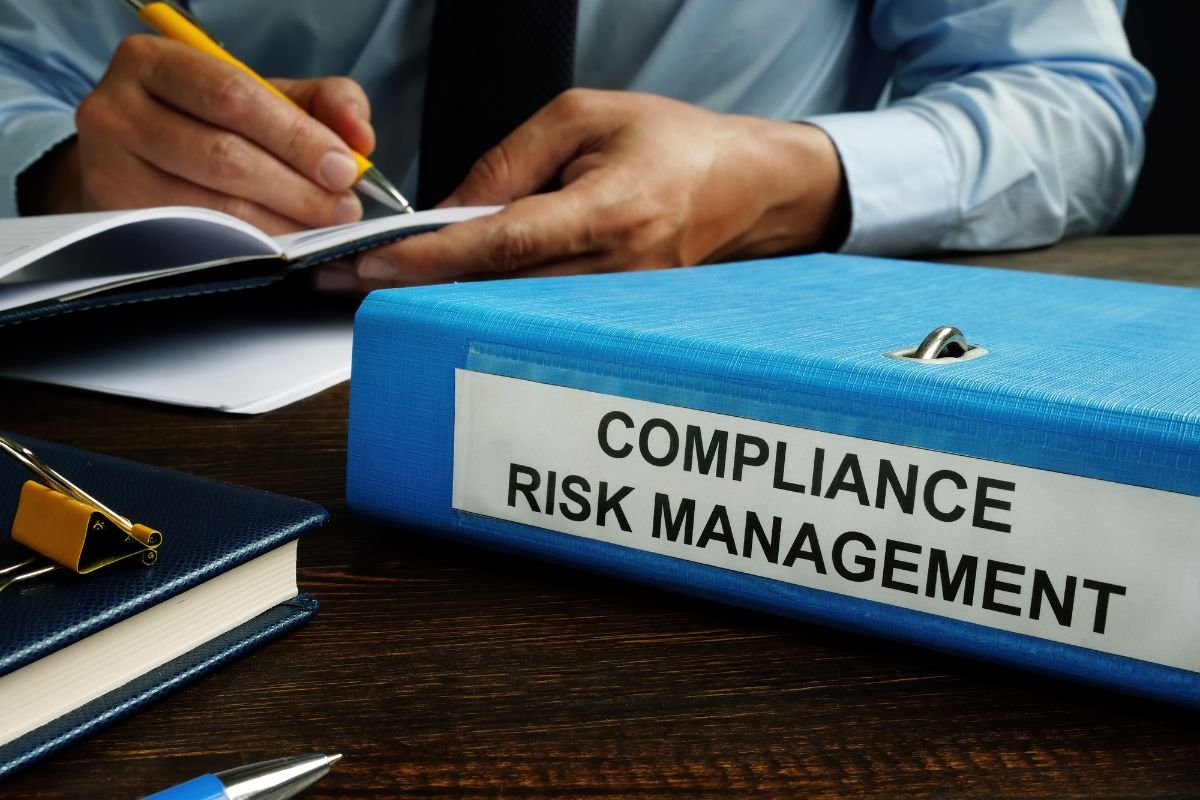Governance, Risk Management, And Compliance Explained
GRC is a term that is often thrown around during important meetings or audits. While it may sound confusing, this term is yet another acronym within the realm of business jargon. So, what is the meaning of GRC? GRC is an umbrella term to refer to an organization’s approach towards establishing a governing structure, managing risks and encouraging their employees to comply. Despite only having a small amount of research, the GRC concept has taken off and is used by countless companies around the world. GRC is designed to help businesses achieve goals, manage uncertainty and operate with honestly. Companies implement the GRC approach in order to help increase their productivity, efficiency and integrity. Here is a short overview of the different aspects involved within this term.
Governance
Every successful company requires a structure of management and control. This structure helps to facilitate a few key aspects of a functioning organization. First and foremost, processes can be successfully implemented in a top-down manner when there is a hierarchical structure. Business owners, board members and managers can instruct their employees about new changes within the operation of the company without delay or confusion. This governing ability also makes it easier for the entire company to comply with external rules and regulations. Nearly every industry is bound by guidelines that need to be followed at every level of an organization. Having this structure makes it easier to communicate these rules and ensure that every employee understands them.
Risk Management
Every organization faces risks on a daily basis. This is an inherent part of growth. The GRC system has taken this reality into account and acknowledges the management of risks as an integral component for successful companies. Risk management simply refers to the analysis, prediction and prevention of potential risks in order to avoid or lessen their negative effects on an organization. This component requires companies to respond appropriately whenever their is a perceived threat. The level of response will be in correlation to the level of potential risk. If an organization cannot handle the risk on their own, it is recommendable to outsource the problem to a reliable third-party. While the GRC system focuses on all kinds of risks, it focuses especially on legal and regulatory risks.
Compliance
After a management structure has been successfully established, companies need to ensure that all of their employees comply. As another component of the GRC system, compliance refers to a company’s ability to conform to stated requirements. These requirements can come from within the company or from external sources. For example, many organizations are bound by legal and industry-level requirements. It is critical to ensure that an entire organization from CEO to intern comply with all of these rules. Companies can encourage their employees to comply by communicating the justifications behind the requirements and the risks for a lack of adherence. It is also helpful to routinely update the entire organization on new requirements that may be implemented. A lack of knowledge of these rules can easily lead to issues.
Organizations are always looking for ways to improve their overall performance. The GRC system is a model being used by countless companies throughout the country to increase their productivity, improve their management of risks and enhance their efficiency. Understanding the GRC system is the first step towards successful implementation.






